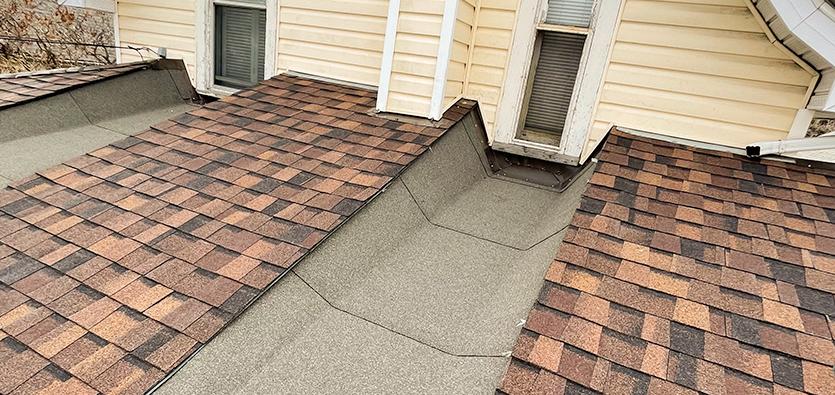When it comes to roofing materials, two popular options often come to mind: torch down roofs vs. shingles. Each has its own unique characteristics and benefits. In this article, we will compare torch down roofs and shingles to help you determine which option is the right choice for your roofing needs.

Understanding Torch Down Roofs:
Torch down roofs, also known as modified bitumen roofs, are made of layers of asphalt and rubberized materials. These roofs are installed by melting the bottom layer with a torch to create a watertight seal. Torch down roofs are known for their durability, resistance to extreme weather conditions, and longevity.
The Benefits of Torch Down Roofs:
Excellent Durability: Torch down roofs are designed to withstand harsh weather conditions, including heavy rain, wind, and UV exposure. The multiple layers of asphalt and rubber provide exceptional strength and durability, making torch down roofs suitable for both residential and commercial buildings.
Superior Waterproofing: One of the key advantages of torch down roofs is their excellent waterproofing capabilities. The melting process during installation creates a seamless, waterproof barrier that helps prevent leaks and water damage. This makes torch down roofs particularly suitable for areas with high rainfall or prone to moisture-related issues.
Comparing with Shingles:
Installation Process: Shingles, on the other hand, are individual overlapping roofing materials typically made from asphalt or fiberglass. They are installed in rows, starting from the bottom of the roof and working upward. The installation process for shingles is relatively straightforward, making it a popular choice for many homeowners.
Aesthetics and Variety: Shingles offer a wide range of design options and come in various colors and styles. This versatility allows homeowners to choose shingles that complement the architectural style of their homes. Torch down roofs, while highly functional, have a more utilitarian appearance and may not offer as much aesthetic variety.
Considerations for Choosing the Right Option:
Climate and Weather: The climate and weather conditions in your area play a significant role in deciding between torch down roofs and shingles. Torch down roofs are particularly suited for regions with extreme weather, such as heavy rain, snow, or high winds. Shingles, on the other hand, are a popular choice for areas with milder climates.
Longevity and Maintenance: Torch down roofs have a longer lifespan compared to shingles. While shingles typically last around 20 to 30 years, torch down roofs can last up to 40 years or more with proper maintenance. Shingles may require more regular maintenance, including periodic inspections and replacement of damaged or missing shingles.
Conclusion:
In conclusion, both torch down roofs vs. shingles have their own advantages and considerations. Torch down roofs offer exceptional durability and waterproofing capabilities, making them ideal for areas with harsh weather conditions. Shingles, on the other hand, provide a wide range of design options and are suitable for milder climates. When choosing between the two, consider factors such as your local climate, desired aesthetics, and long-term maintenance requirements.
It is advisable to consult with a roofing professional to assess your specific needs and make an informed decision. By selecting the right roofing material, you can ensure the protection and longevity of your home for years to come, whether it be through a torch down roof or shingles.



Leave a Reply